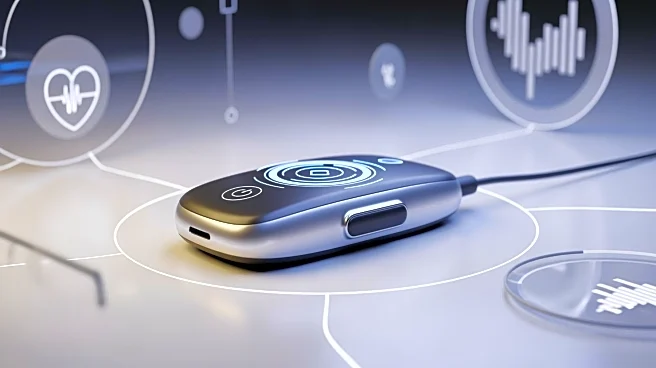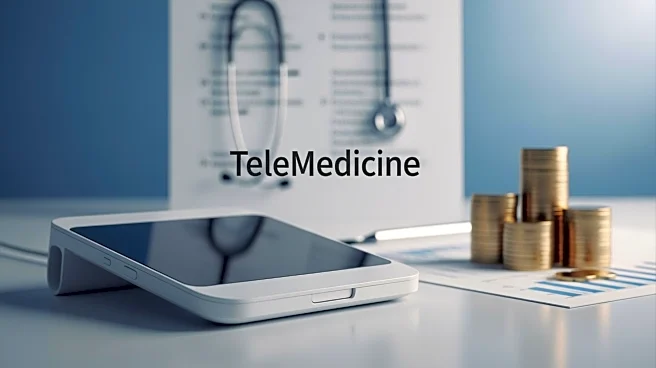What's Happening?
Recent advancements in wearable technology have led to the development of a flexible, multipoint optical probe designed for intra-abdominal visceral perfusion monitoring. This device aims to address the limitations
of current monitoring techniques, such as MRI and CT scans, which are costly and not suitable for continuous real-time monitoring. The new wearable device allows for non-invasive, continuous observation of blood flow and tissue color changes, which are critical for detecting vascular complications in transplant patients. The device has been tested in a porcine model, successfully distinguishing between ischemia and congestion by observing color changes, thus proving its potential for early detection of vascular issues.
Why It's Important?
The introduction of this wearable device could significantly improve post-transplantation care by providing continuous monitoring of blood flow and tissue health, which is crucial for preventing graft dysfunction. Early detection of vascular complications, such as thrombosis, can lead to timely interventions, potentially improving graft survival rates. This technology is particularly beneficial for patients with risk factors for renal graft thrombosis, such as older donor age or a history of thrombosis. By enhancing the ability to monitor transplanted organs, this device could lead to better patient outcomes and more efficient use of donor organs, a critical resource in transplantation medicine.
What's Next?
The next steps involve further clinical trials to validate the device's effectiveness in human subjects. If successful, this technology could be integrated into standard post-operative care for transplant patients, offering a new tool for healthcare providers to monitor and manage patient health more effectively. The development of this device also opens avenues for its application in other medical fields where continuous monitoring of internal organs is necessary.
Beyond the Headlines
This innovation highlights the growing role of wearable technology in healthcare, particularly in enhancing patient monitoring and outcomes. The device's ability to provide real-time data could lead to more personalized and responsive medical care, potentially transforming how post-operative care is managed. Additionally, the use of flexible electronics in medical devices represents a significant shift towards more adaptable and patient-friendly healthcare solutions.











